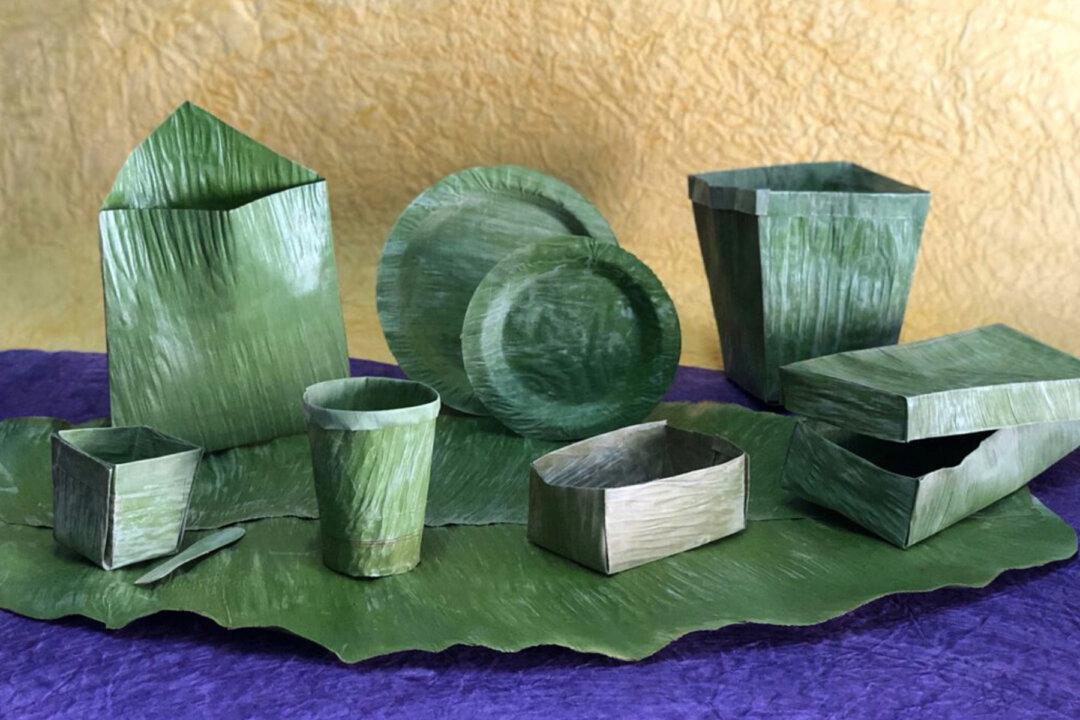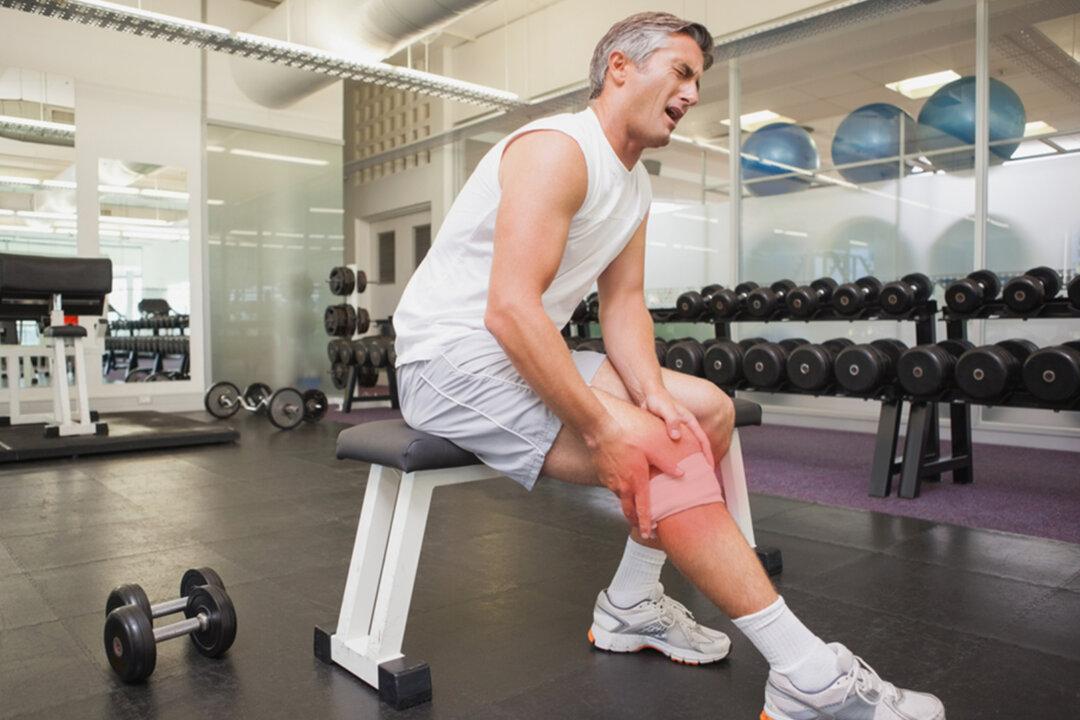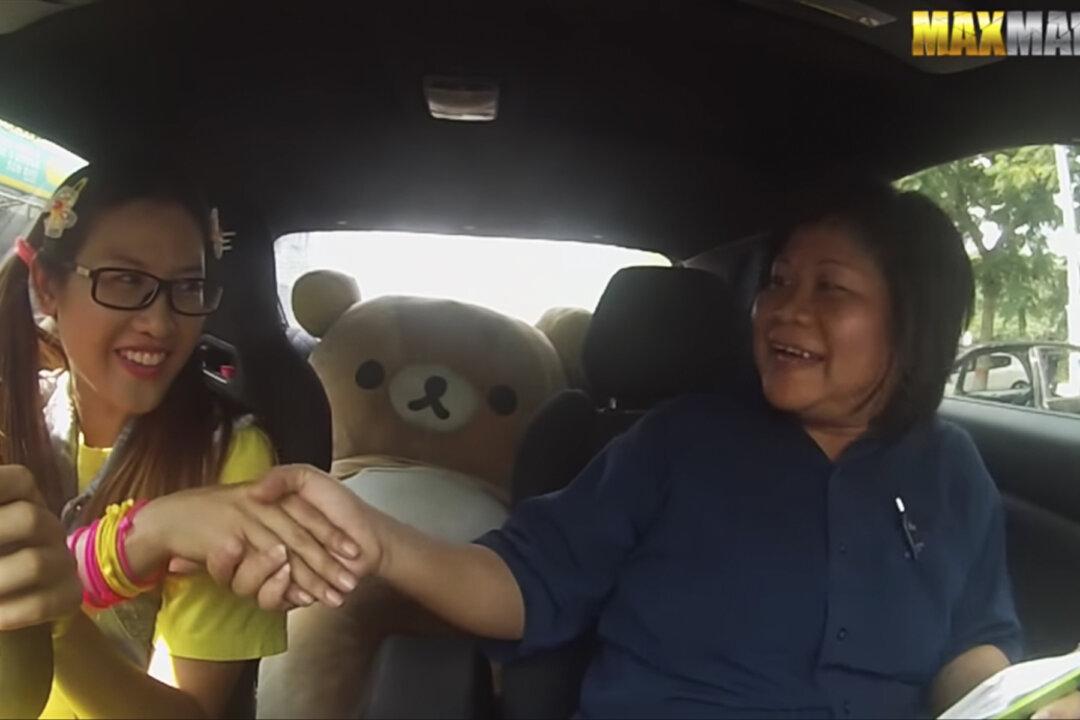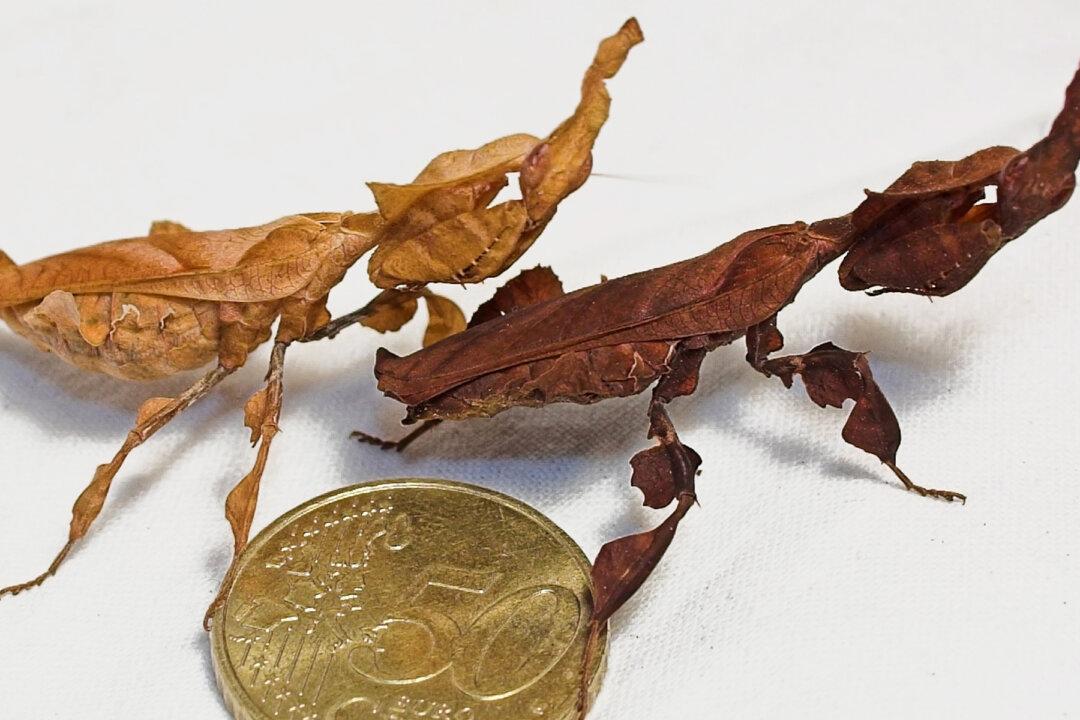“I do not want to live with problems, I want to solve them,” says 20-year-old entrepreneur Tenith Adithyaa from Tamil Nadu in Southern India. Adithyaa has been winning awards for his designs and tech accomplishments since he was a boy and has devoted his considerable talents and time to solving one of the 21st century’s big challenges: plastic pollution.
For Adithyaa, the goal was “to create a superior sustainable biomaterial to put an end to the environmental crisis,” as he told the Epoch Times. But what alternative could compete with the flexibility, affordability, and durability of plastic?




